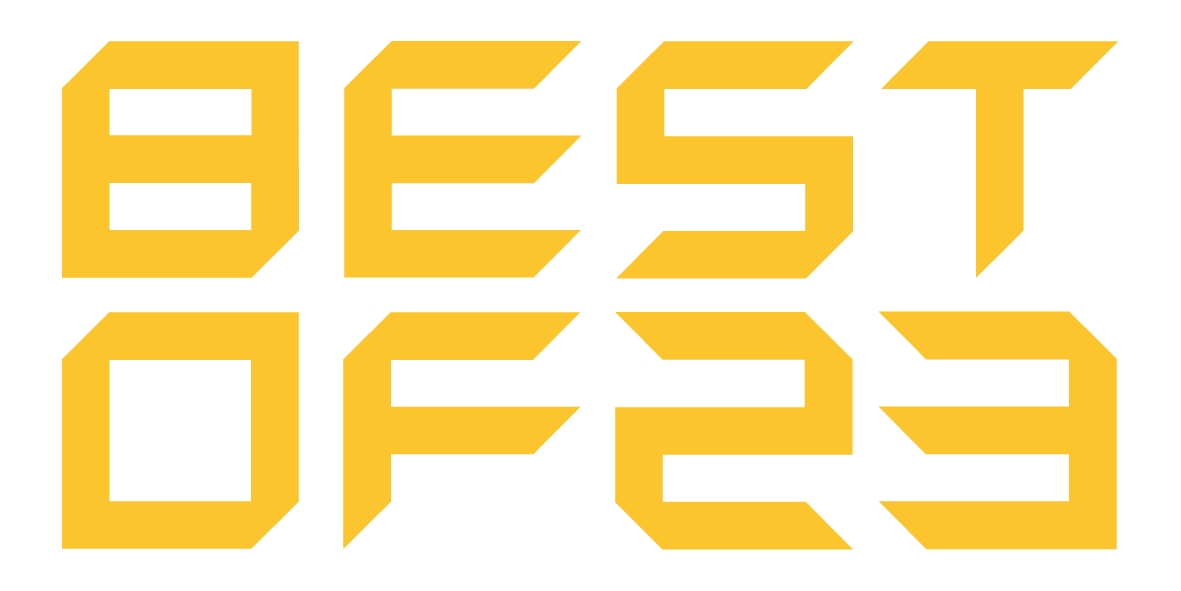
VALUE CREATION IN AUGMENTED REALITY (AR) FOR MAINTENANCE INDUSTRY
THOMAS GEORG NONNENMACHER
Purpose – The purpose of this paper is to investigate how small and medium sized enterprises in the German maintenance industry can use Collaborative AR to create value and communicate this value to their stakeholders? This is achieved by introducing an collaborative system business model canvas framework to help SMEs to identify entry points in implementing Collaborative AR technology.
Design/methodology/approach – This thesis uses a case study approach by discussing a fictitious field maintenance ecosystem in a focus group workshop to gather qualitative information for a collaborative business model canvas.
Findings – The findings illustrate how introducing a framework like the business model canvas helps alleviate the informational and communication challenges between potential members of a multi-side platform business.
However, some problems occurred when the experts did not fully agree on the business model canvas cost structure and revenue stream building blocks.
Research limitations/implications – The results show that SMEs that understand that value is co-created find it easier to extend their product-based business model to include digital business models with the help of the Business Model Canvas.
The implications of this paper also relate to the strategic alliances in which SMEs typically operate and the implications for knowledge sharing and skills shortages in Germany.
Originality/value – This paper contributes to both the theory of value creation as well as the application of the business model canvas.
Keywords Collaborative Augmented Reality, value creation, Business model canvas, Collaborative Business Model Canvas, Investment process
SUPERVISORS PROFESSORS DR. JAKOB VON HEYL AND DR. MATTHEW TUCKER

